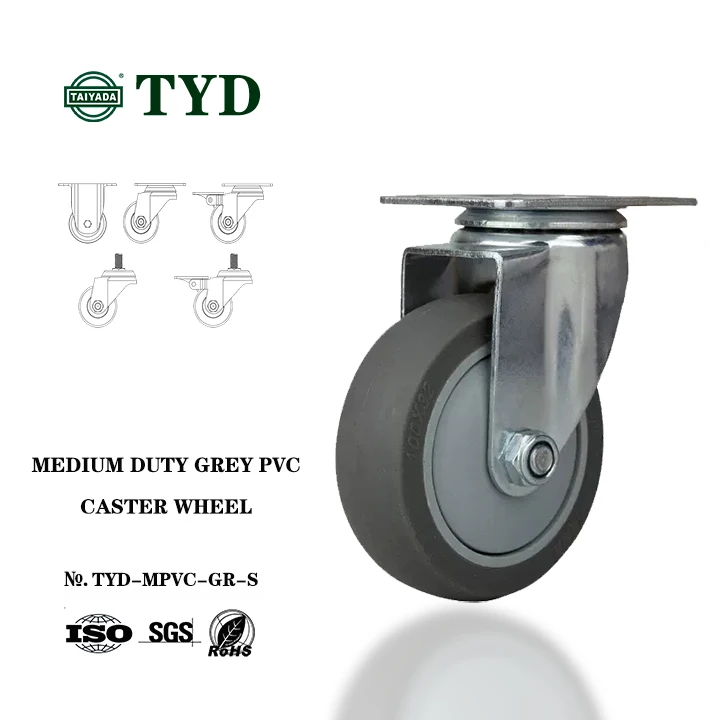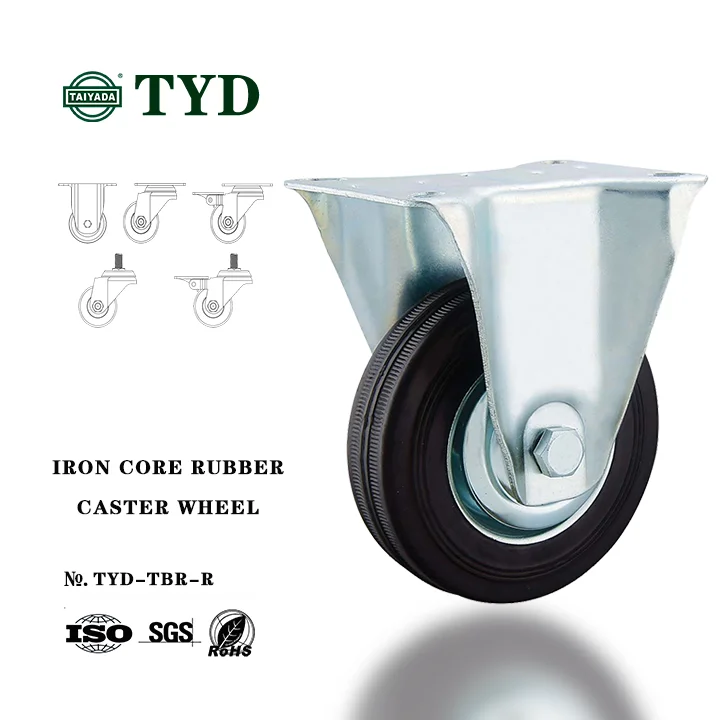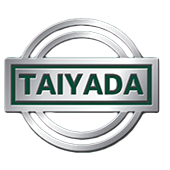Choosing the right casters is essential for the mobility and operation of equipment in industrial, commercial, and home environments. Swivel casters and fixed casters are two common types, each with unique features and advantages. In this article, we will explore the functions and suitable scenarios for these two types of casters to help you select the most appropriate caster for your needs.
Swivel Casters: Flexible and Versatile Options
Swivel casters, also known as caster wheels with swivel design, can rotate freely, making them very convenient for movement in multiple directions. Their main characteristics include:
-
High Flexibility
Swivel casters allow equipment to move in any direction, making them ideal for applications that require frequent direction changes. They are especially suitable for hospital beds, shopping carts, and factory trolleys.
-
Strong Adaptability
Unlike fixed casters, swivel casters can easily turn in tight spaces, making them perfect for use in environments with limited space.
-
Increased Operational Efficiency
In situations that require frequent directional adjustments, swivel casters can reduce the operator’s workload and improve handling efficiency, thus minimizing fatigue.

Fixed Casters: Stable and Reliable Choices
Fixed casters, also known as directional casters, are designed to roll in only one direction, typically providing stability. Their main characteristics include:
-
Strong Stability
Fixed casters are designed to move in one fixed direction, providing stronger stability, which is ideal for heavy items or equipment that requires a long period of being stationary, such as shelves or workbenches.
-
Better Control
Since fixed casters move in only one direction, they provide better mobility control in applications requiring precise navigation, particularly in narrow aisles or situations where a fixed position is necessary.
-
Reduced Wear
Because fixed casters do not rotate while in motion, they decrease friction and wear, helping them maintain good performance over extended use.

How to Choose the Right Caster?
Choosing between swivel casters and fixed casters largely depends on your specific needs and application scenarios. Here are some guiding principles:
-
Consider the Movement Method
If your application requires frequent direction changes, swivel casters may be the better choice; on the other hand, if stability and control are priorities, fixed casters will likely be more suitable.
-
Consider the Environment
In small or dynamic environments, the flexibility of swivel casters can enhance operational efficiency; in larger or fixed environments, fixed casters provide better stability.
-
Load Requirements
Understanding the load capacity of each caster is crucial. Select the appropriate caster based on the weight of the equipment and usage frequency to ensure safe and efficient operation.
Conclusion
Swivel casters and fixed casters each have their unique functions and advantages. The choice of the right caster depends on specific application needs and operational environments. By considering movement methods, environmental factors, and load requirements, you can make a sound decision. We hope this article helps you select the right casters, making your mobility equipment more efficient and smooth.


